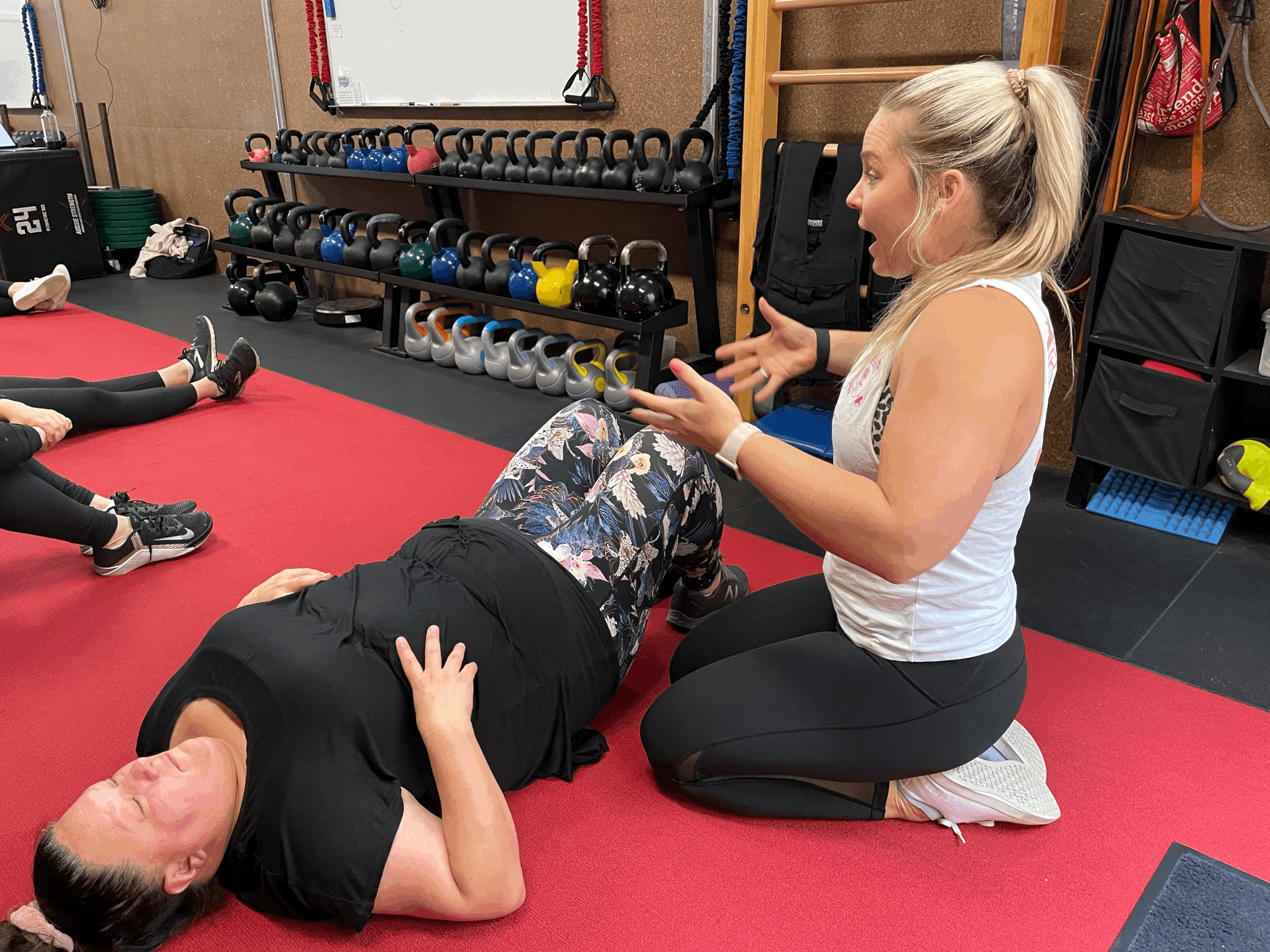Why is optimal breathing a really big deal?!
Most of us never actually think about breathing.
It happens AUTOMATICALLY about 20-24,000 times throughout our day with no conscious thought or intent.
It becomes so automatic that many of us don’t FEEL where the air goes in our bodies during an inhale, or where the air leaves as we exhale.
We don’t even think about the roles of the breath on our performance or stress or our pain levels.
We don’t notice if we are breathing in through our nose or mouth, or whether these breaths are short or long.
We have no baseline to guide us as to whether we are taking more breaths than usual.
We are as they say, blissfully ignorant to the single most important function that keeps us alive as human beings.
Optimal breathing enables the body to take in adequate oxygen (inhale) and get rid of carbon dioxide (exhale).
During inhalation, there is an active descending of the diaphragm (our main breathing muscle), the rib cage expands and the abdominal cavity and chest wall should also get larger as our diaphragm pushes down.
This contraction of the diaphragm causes the ribs and pelvis to rotate which will have a flow on affect to the rest of the body.
During a breath in oxygen travels into the body from outside, usually (hopefully) through the nose, down the airway towards the lungs and then from there it is perfused into the bloodstream and travels around to cells that need it (all of them).
The same thing happens in almost reverse when we exhale.
Exhaling makes our abdominal cavity and rib cage compress, the diaphragm passively recoils and lifts back up and all of the carbon dioxide inside of us expels.
When we do breathe optimally, we are able to regulate the forces inside of our body which creates stability and rigidity (as required) internally and allows for movement variability in our skeleton throughout exercise and our daily movements and activities.
What is suboptimal or disordered breathing?!
The main one I see by athletes and people I treat is: “STRESS BREATHING”
This is when humans inhale predominantly using accessory muscles in the neck to “lift” the rib cage and suck air in, rather than using their diaphragm to expand the chest and ribcage.
Literally any muscle attached to the rib cage becomes a breathing muscle when oxygen demands are high.
This design assures our ability to breathe during any number of strenuous activities.
Given a choice between breathing enough and moving well, breathing always wins.
This also impacts our ability to move well when muscles that are typical movers become breathers!
This type of breathing should be utilised during hard aerobic activity and SHOULD NOT be the prime method for getting your oxygen in.
Yet, people WALK into my office all the time that are using their neck, jaw and face muscles to get their oxygen in, rather than using that big diaphragm muscle they’ve got that literally exists to help them breath.
CRAZY how the body has ADAPTED to this, yet not SURPRISING.
If we don’t breathe we die, so we will prioritise breathing and actually getting oxygen in over EVERYTHING else.
That means using our neck and jaw and lifting our rib cage to get air in, resulting in neck pain, jaw pain, headaches, et etc etc.
HOW DO WE ADDRESS THIS?
The first thing I like to do with people who struggle with the above is teach them how to unglue their rib cage and get their thoracic cage moving again.
Check out the short tutorial video for some insight on how to do this and why we do this.
Don’t forget to subscribe for more free content while you are there!
What else can we do to address some stiffness in our rib cage, neck or upper back?
Depending on where we are experiencing stiffness will dictate the type of intervention I would suggest.
To cover all bases I have included three different options for you guys to try with links to my youtube channel:
Inversion breathing over ball: This can be intense so start with sets of 5-8 breaths. Make sure you are in a safe place before attempting the inversion component.
German Hang with breathing: You can use rings, a TRX or even bands to set yourself up in this position, be gentle on the shoulders and make sure you are looking straight ahead and not down. Sets of 5-10 breaths.
Prone Row Hold with Breathing: Start with light KB/DB and slowly work up to heavier weights. This one should feel like your shoulder blades are slipping apart and your upper back is expanding with each inhale. Sets of 30-40s in this position.



